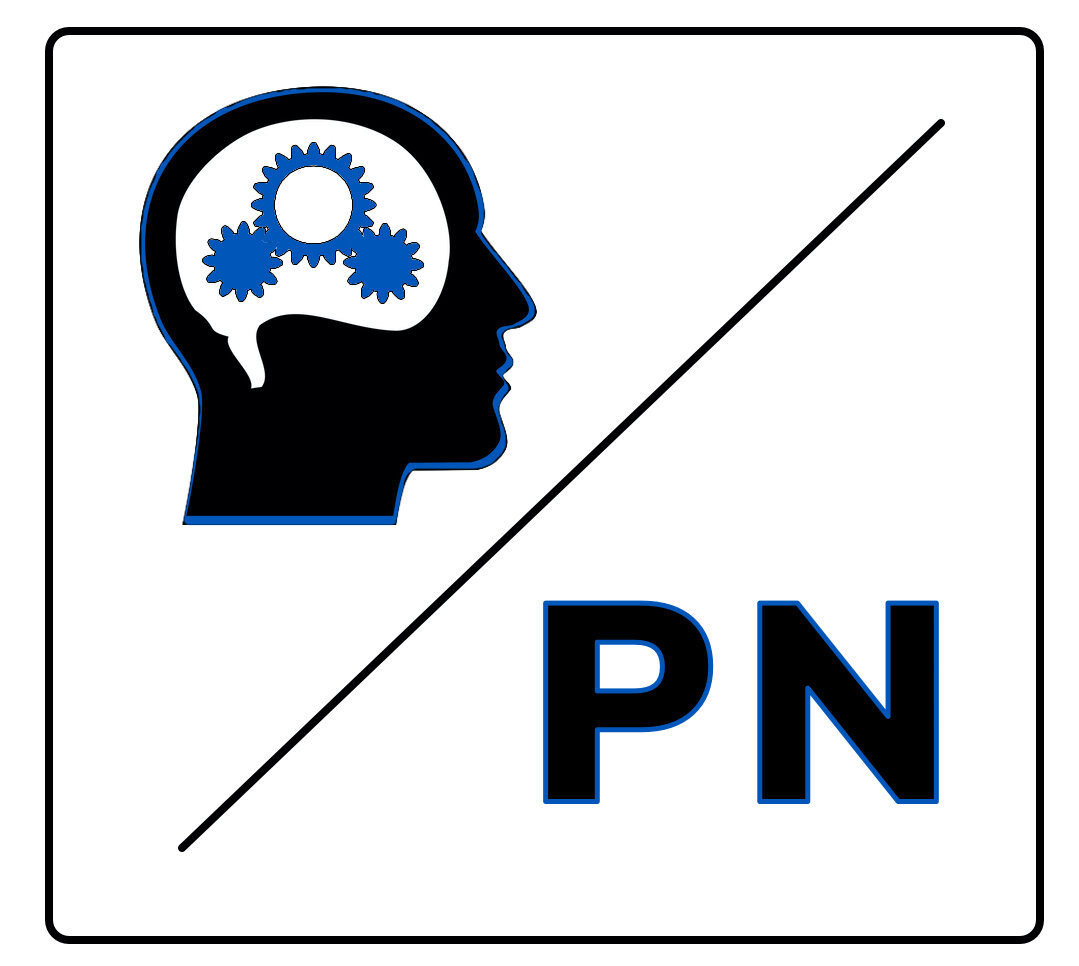Virtual Reality in Therapy: When & How It Works Best
Link: ScienceDaily – The limits of virtual reality in mental health therapy
What the Study Did: Researchers from the University of Ottawa reviewed 37 studies on VR use in therapy. They identified where it enhances outcomes (e.g., exposure therapy) and where it may fall short or cause harm (e.g., long use, poor realism).
Summary: VR is effective for procedural learning and exposure-based therapy but isn’t a universal solution.
Why It Matters: Guidelines are needed to match VR tools with appropriate clinical applications.
Patient Takeaway: If VR is part of your care, ask how it supports your specific goals. It’s a tool—not a replacement—for skilled therapy.
